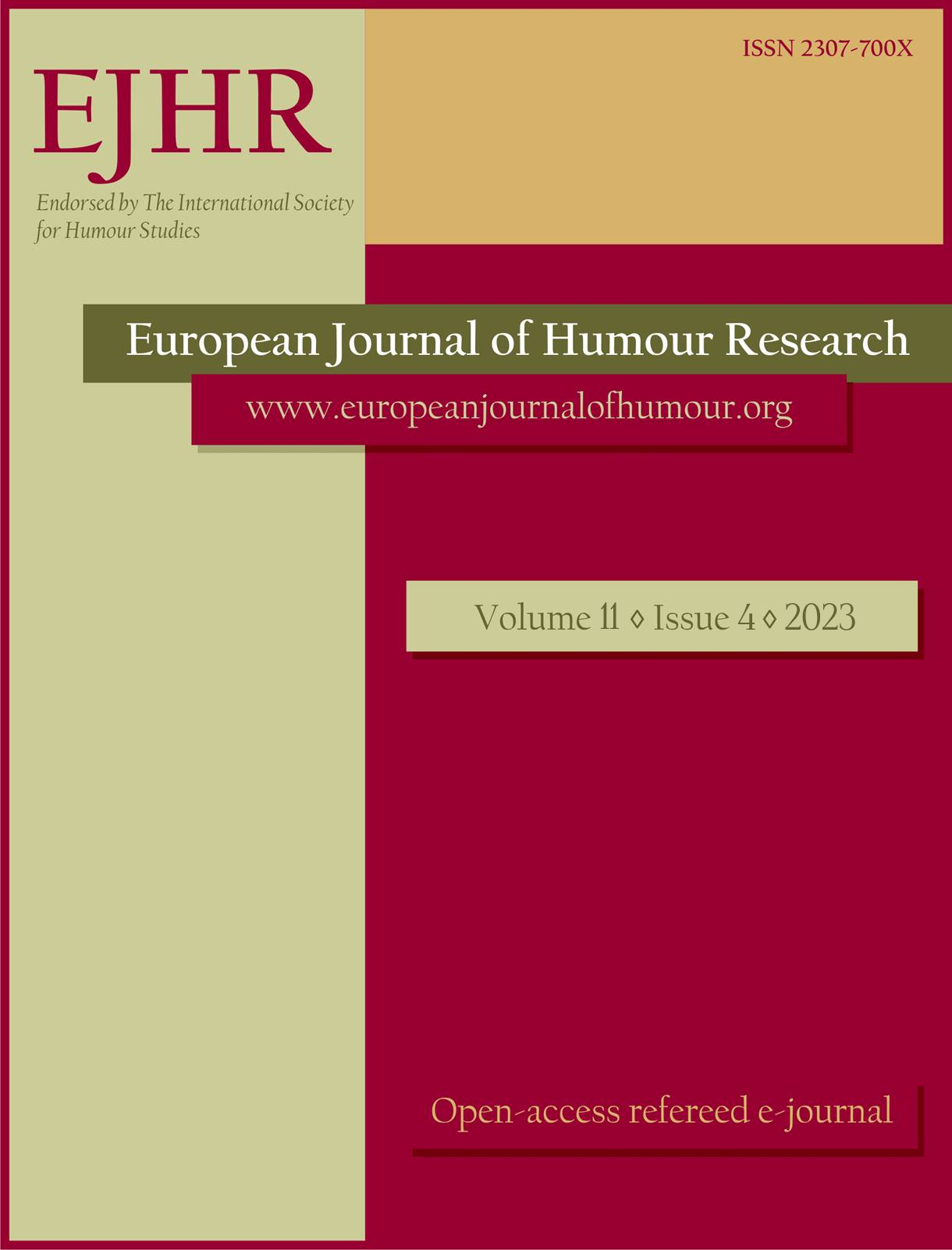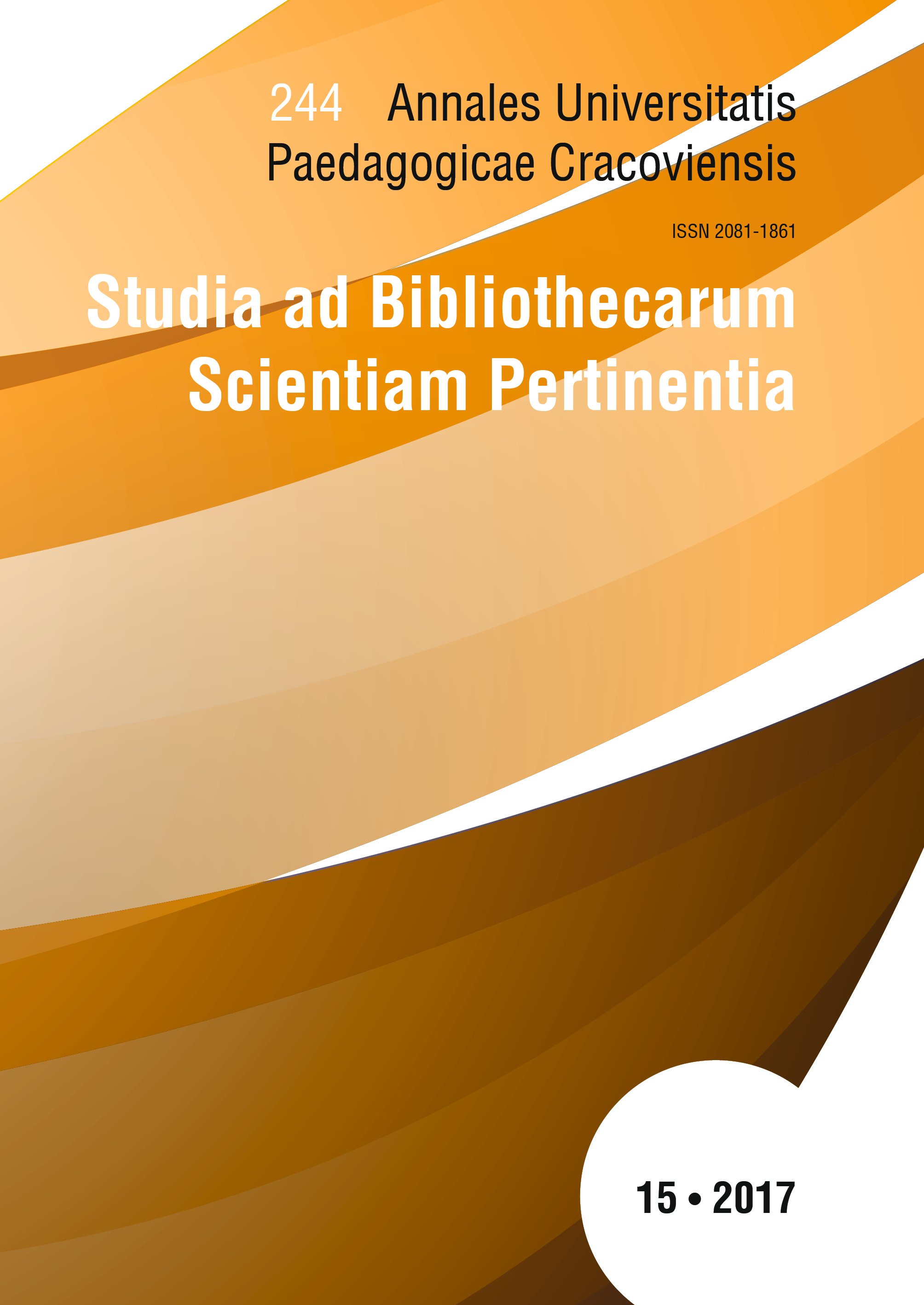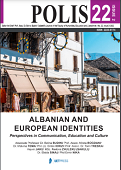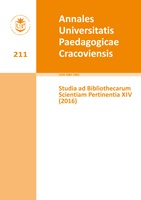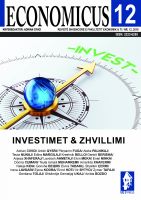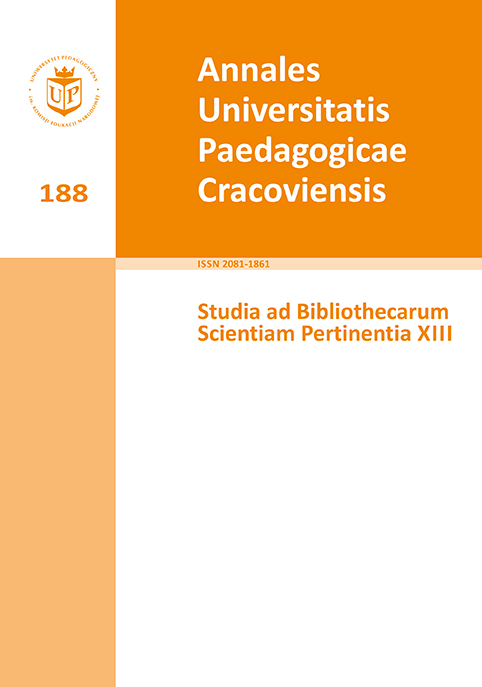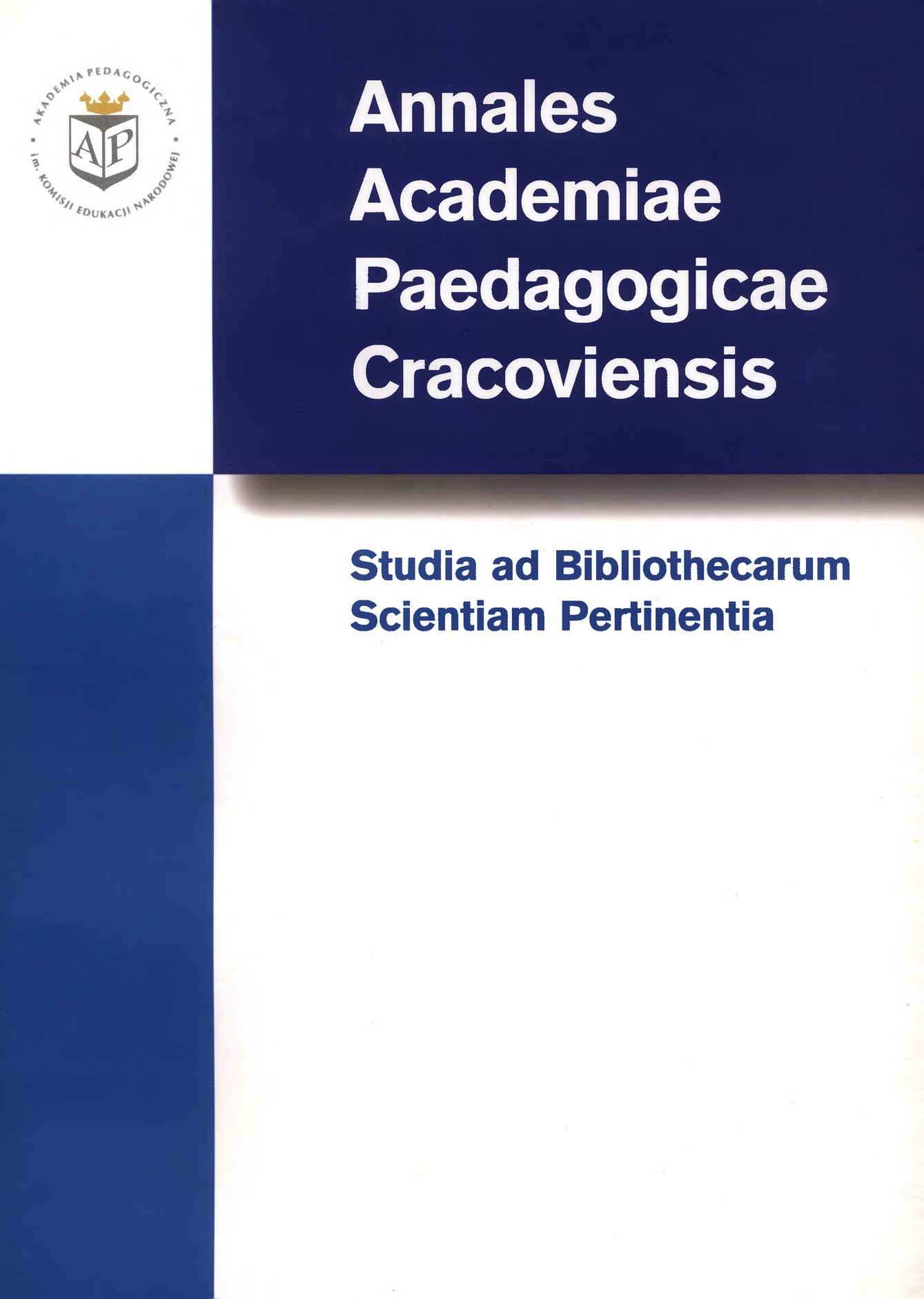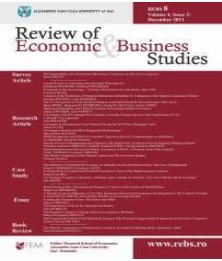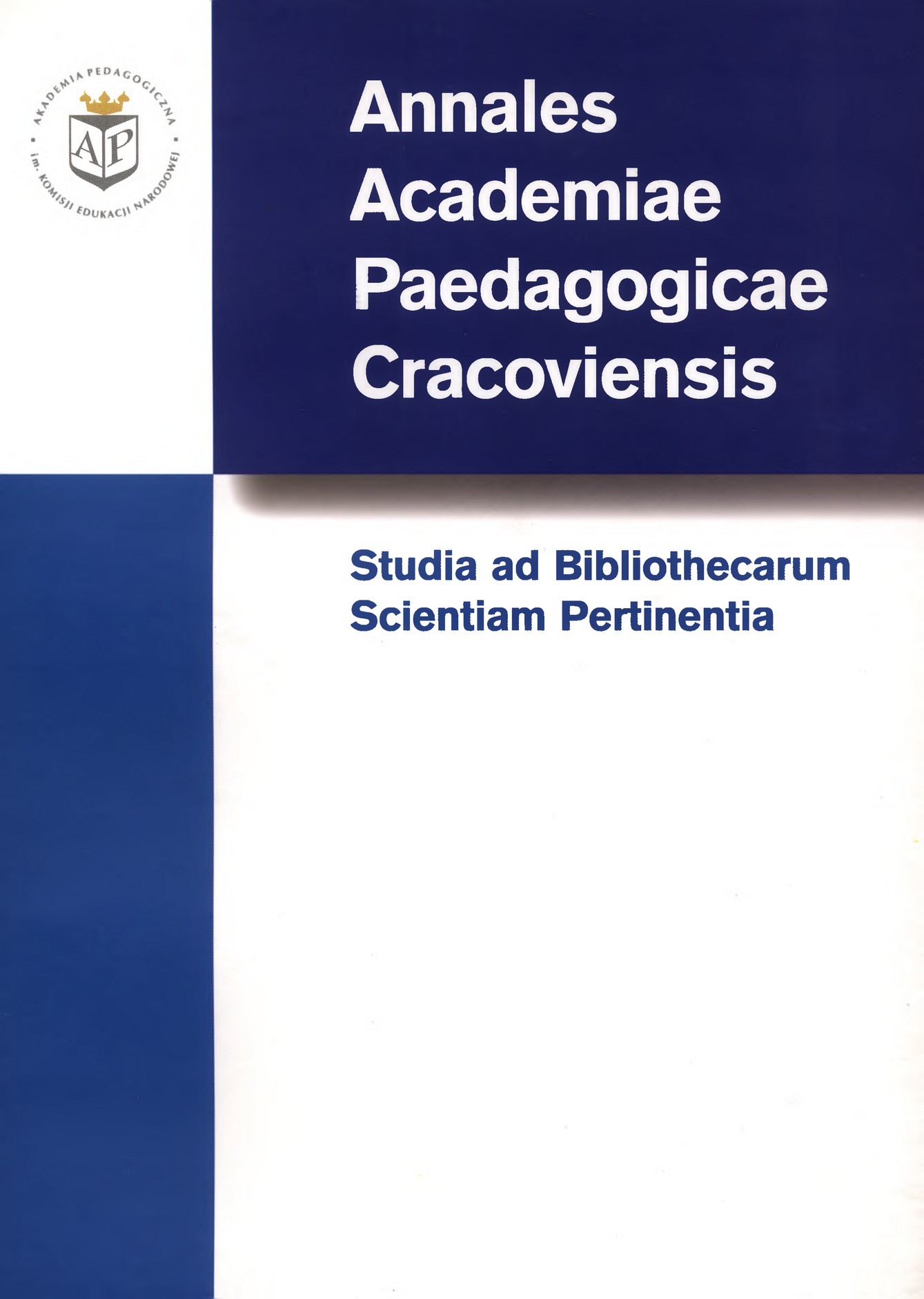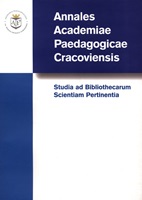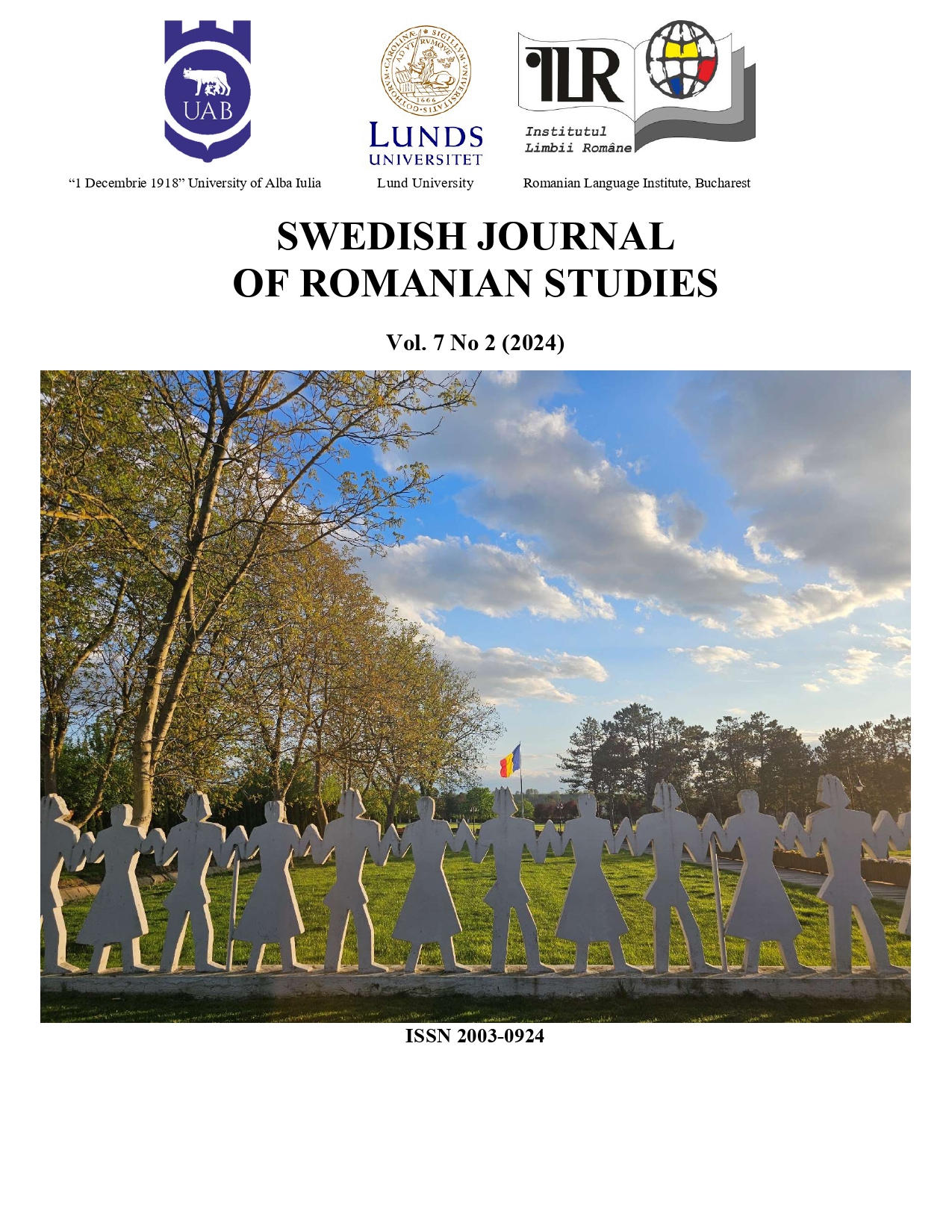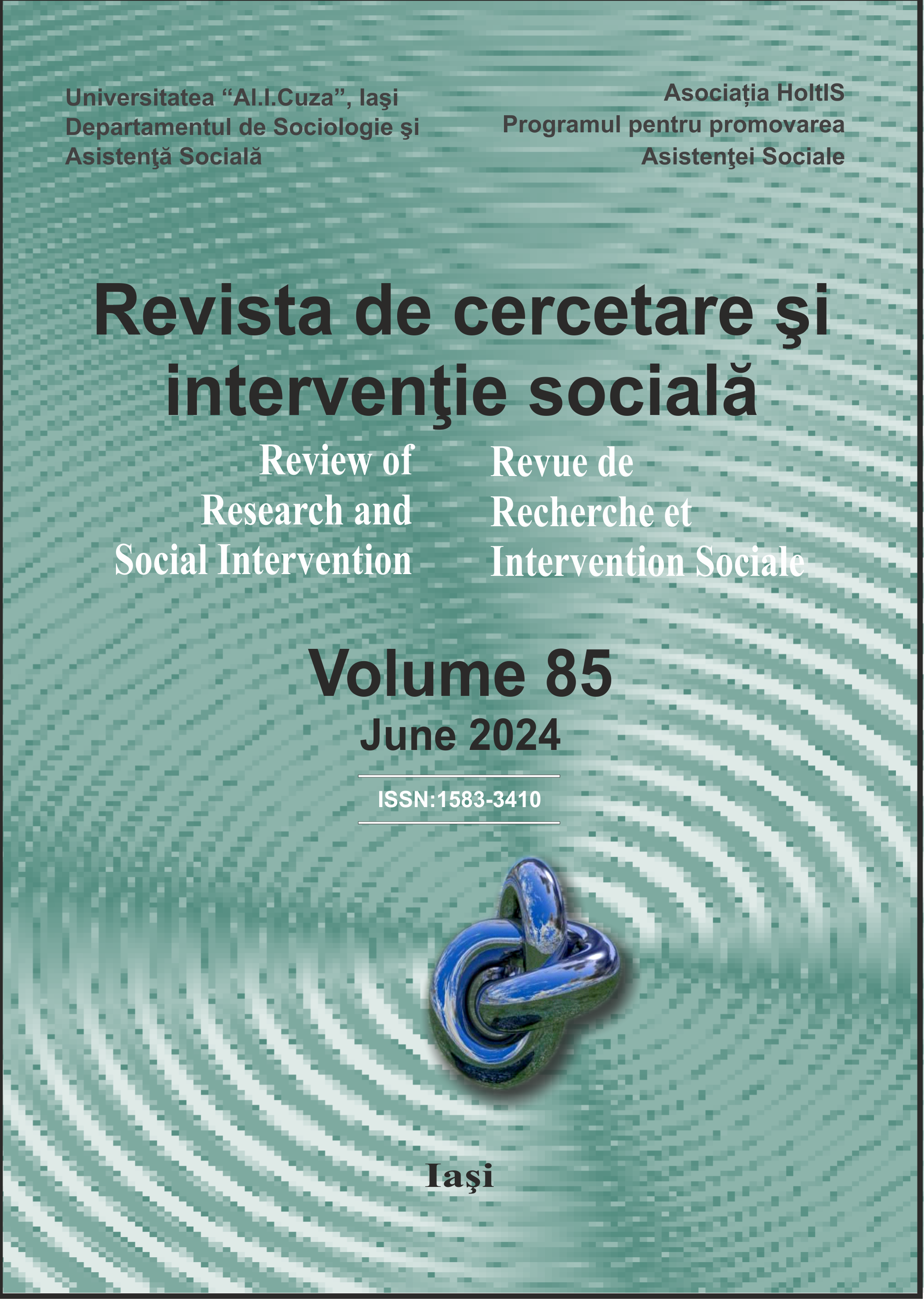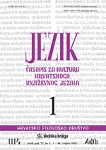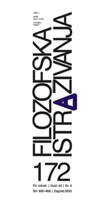Author(s): Jerzy Jarowiecki / Language(s): Polish
Issue: 3/2005
The beginnings of the press in Lvov are related to leaflet and press-like publications which were published in 17-18th centuries (among other “Nowiny, “Relation aus Lamberg”, “Awizy”). After the first partition, when Austria created Galicia out of the seized territories, the family of Pillers came from Vienna, and Lvov inhabitants owed to them the press in: French ("Gazette de Leopol" 1776), Polish ("Pismo Uwiadamiające Galicji" 1784; "Lwowskie Wiadomości Tygodniowe" 1786), German ("Lemberger Wochentlishe Anzeigen" 1786). The first informative-political newspaper "Dziennik Patriotycznych Polityków" was issued in 1792-1798. In 1811, "Gazeta Lwowska" was established, which was originally an official journal, but with the lapse of time, it became the most important, long-lived newspaper of Lvov, gaining significance when edited by W. Łoziński and A. Krechowiecki. It published many supplements, including "Rozmaitości" (since 1817). Before 1848, numerous literary and social and cultural periodicals were published ("Pamiętnik Lwowski" - 1816, "Pszczoła Polska" - 1819-1820, "Pamiętnik Galicyjski" - 1821, "Lwowianin" - 1835-1842, "Biblioteka Naukowego Zakładu im. Ossolińskich" - 1842-1848, „Dziennik Mód Paryskich" - 18401848), specialist periodicals devoted to the national economy (e.g. "Ziemianin Polski", "Tygodnik Rolniczy i Przemysłowy"). During the Spring of Nations period, censorship was abolished, which brought about a dynamic expansion of the press, many newspapers appeared (e.g. "Telegraf", "Dziennik Narodowy", "Rada Narodowa"), periodicals of political nature (e.g. "Polska", "Postęp"), periodicals for the people (e.g. "Przyjaciel Ludu", "Nowiny Polityczne dla Ludu"), for children and youth ("Przyjaciel Dzieci"), for specialists (e.g. "Urzędnik Prywatny"). During the period preceding the Galicia autonomy, satirical magazines were published in Lvov: "Śmieszek", "Co kto lubi", "Kurier Lwowski". After the Spring of Nations period, press in Ukrainian was published in Lvov (e.g. "Dnewnyk Ruskij", "Wiestnik", "Zorja Hałyćkaja"), and Jewish press ("Cajtung"). During the period of reaction after the Spring of Nations, strict political monitoring impaired the journalist movement, and the number of published periodicals was diminished. "Gazeta Lwowska" continued to appear (edited by M. Sartyni), attempts were made to create economic periodicals (e.g. "Merkur", "Pamiętnik Gospodarski", "Przyjaciel Domowy" - edited by H. Stupnicki), women's magazines emerged ("Wianki", "Bławatek", "Dzwonek"), academic journals were published ("Tygodnik Lwowski", "Pamiętnik Literacki"), literary periodicals ("Dziennik Literacki", "Telegraf", "Nowiny"), political magazines of popular nature ("Przegląd", "Skarbiec Polski"). The political press was represented by "Dziennik Polski", "Gazeta Narodowa, "Głos", "Goniec". Magazines for youth (e.g. "Czytelnik"), and for children ("Przyjaciel Dzieci") were also published.
More...
